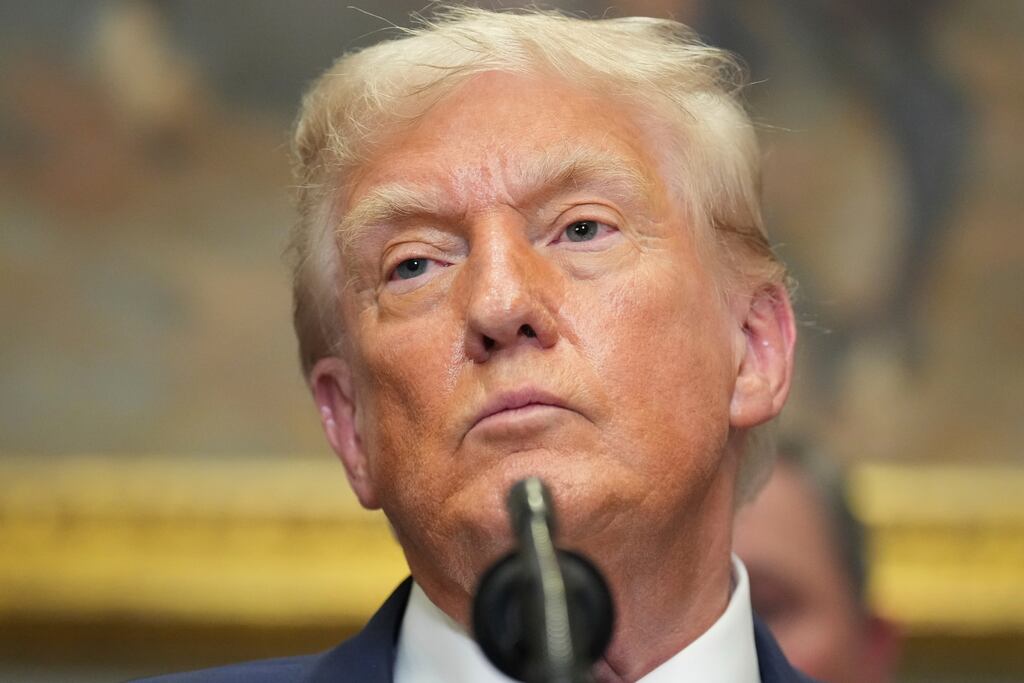When Donald Trump ordered two US nuclear submarines to move closer to Russia over the weekend in response to online nuclear threats from Russia’s former president, Dmitri Medvedev, a global, collective frisson of fear was understandable.
The US President’s move came as part of a verbal exchange with Moscow over a new 10-day deadline to Vladimir Putin to commit to a ceasefire in Ukraine or face “secondary sanctions” against countries that buy Russian oil.
And yet, the strategic significance of the deployment is unclear – Trump did not clarify whether the submarines were nuclear-powered or nuclear-armed, and, even if the latter, how their redeployment would enhance the ability they already have, wherever they are, to deliver their deadly payloads against Russia.
This symbolic act is thus largely a rhetorical reminder to the Russian President of the US president’s newfound, belated determination to pursue some form of peace in Ukraine and his expectation that Putin will fall into line. So far the Russian president has shown no intention whatsoever to do so.
READ MORE
The respective nuclear postures, however, remain an important and dangerous backdrop to the confrontation between the superpowers. Both Russian and US thresholds for the use of nuclear weapons, particularly their first-use, have long been deliberately ambiguous – a very Trump-like ambiguity.
Unlike a no-first-use policy, which commits a country only to retaliate in response to a nuclear attack, ambiguity, it is argued, forces adversaries to consider the possibility that any aggression could provoke a devastating nuclear response, even in a non-nuclear conflict. A first-use option, it is said, deters conventional aggressors who may believe that their superior non-nuclear forces could succeed.
Both the US’s and Russia’s nuclear doctrines, the latter revised as recently as last year, do not limit their options to responses to nuclear attack by others .The US doctrine allows considerable latitude. It says: “The US would only consider the use of nuclear weapons in extreme circumstances to defend the vital interests of the US or its Allies and partners.”
The Russians reserve the right to employ nuclear arms “in the event of aggression against the Russian Federation involving the use of conventional weapons when the very existence of the state is under threat.” Russia is also reported to have in place a automatic system to launch nuclear missiles if the country’s leaders have been killed by a strike from another state.
And both leave the ultimate decision to press the nuclear button not to parliaments, but to their two presidents , Donald Trump and Vladimir Putin.











